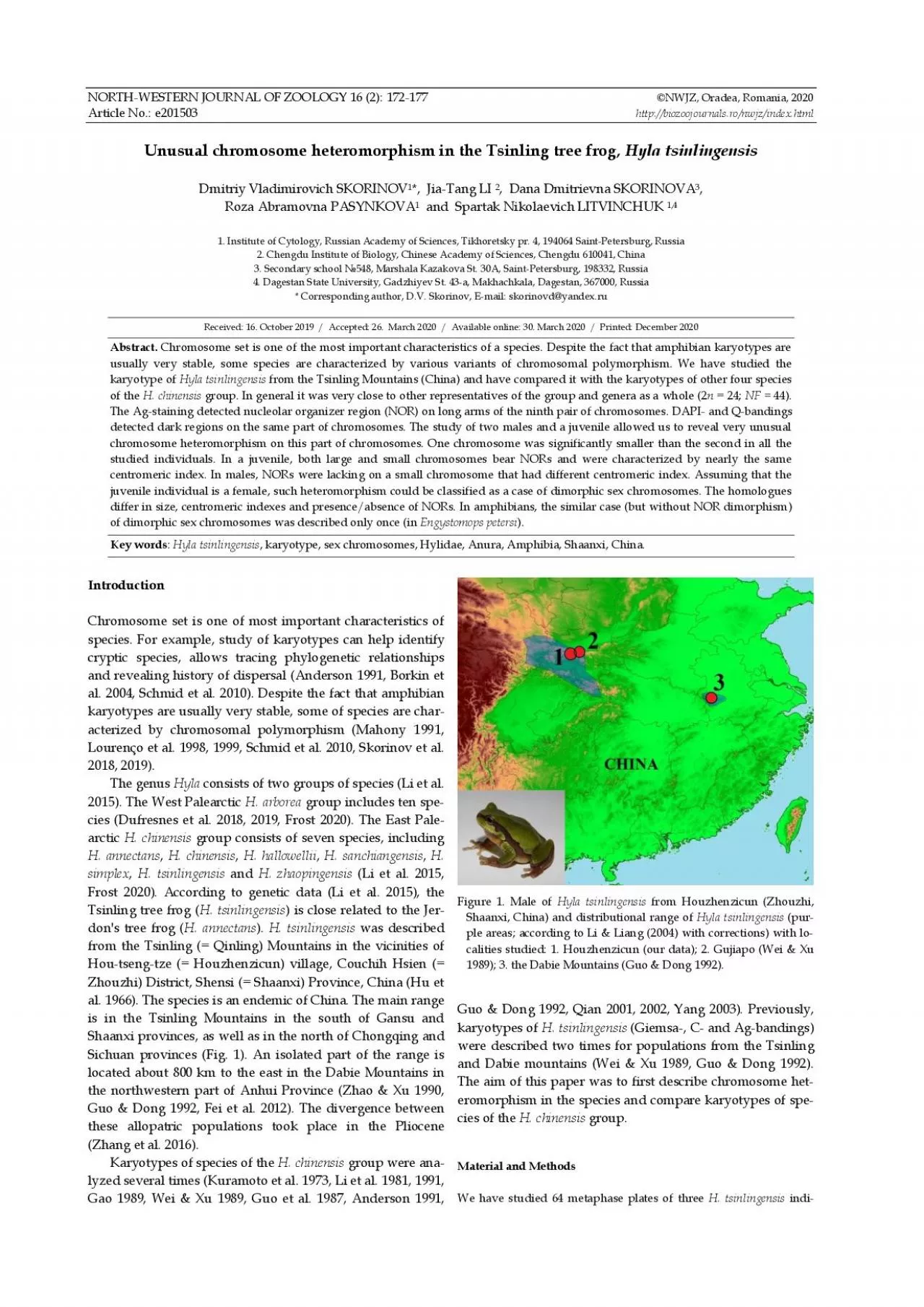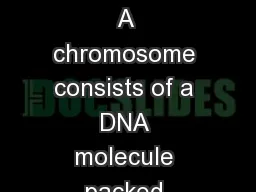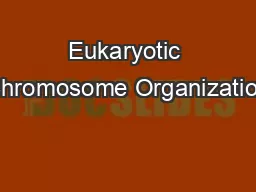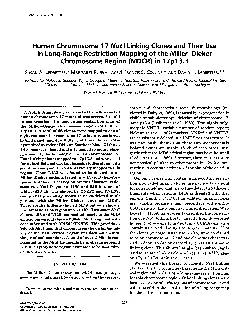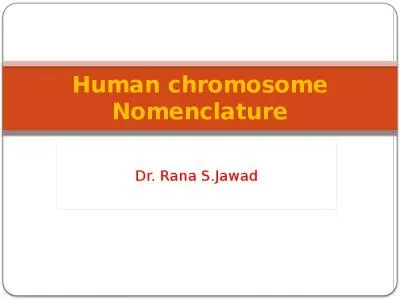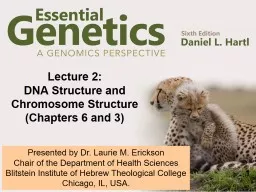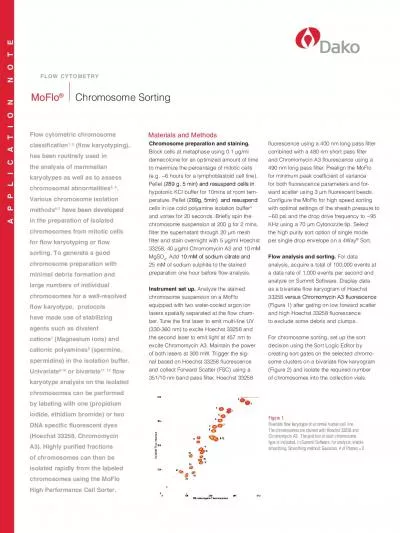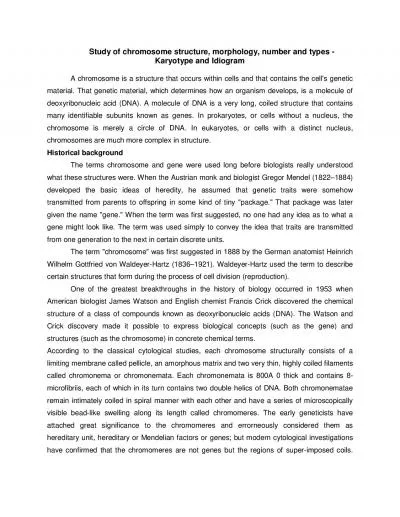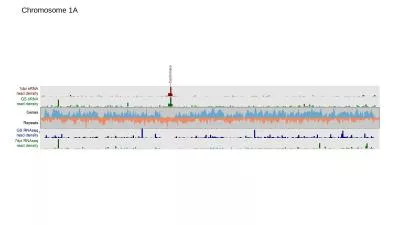PDF-Chromosome heteromorphism in Hyla tsinlingensis
Author : oneill | Published Date : 2022-10-14
177 around the Yellow Sea Dryophytes suweonensis and D immaculatus Herpetological Journa l 28 160 170 Dufresnes C Borzee A Horn A Stock M Ostini M Sermier R Wassef
Presentation Embed Code
Download Presentation
Download Presentation The PPT/PDF document "Chromosome heteromorphism in Hyla tsinli..." is the property of its rightful owner. Permission is granted to download and print the materials on this website for personal, non-commercial use only, and to display it on your personal computer provided you do not modify the materials and that you retain all copyright notices contained in the materials. By downloading content from our website, you accept the terms of this agreement.
Chromosome heteromorphism in Hyla tsinlingensis: Transcript
Download Rules Of Document
"Chromosome heteromorphism in Hyla tsinlingensis"The content belongs to its owner. You may download and print it for personal use, without modification, and keep all copyright notices. By downloading, you agree to these terms.
Related Documents

